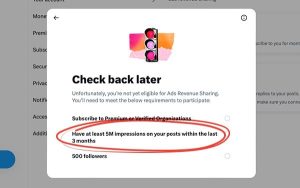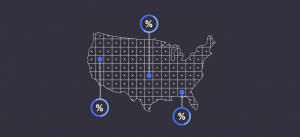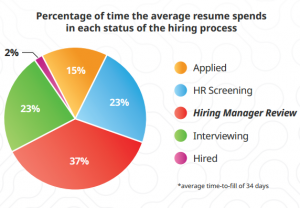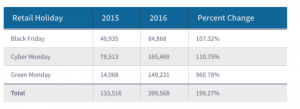
Search engines like Google use many thousands of different signals to determine which websites rank highest for each keyword. There are many ways to get your website to rank higher. For example, it’s common for search engine optimization specialists to focus on optimization tactics like building high quality links, or making sure the right keyword is on the right page of your website. One tactic which can also be used to help improve your search engine rankings is the speed at which your website loads. Google cares more and more about site speed these days, because mobile devices tend to have slower internet connections, which leads to slower-loading sites having higher bounce rates on mobile devices.
“If your website loads faster, you make money faster,” says Max Goldberg, digital marketing specialist. Here are some tips to speed up your website, which help improve your bounce rate, and your ranking on Google:
Use Smaller Images
Text loads very quickly on most websites, and usually even pages with thousands of words of text don’t have trouble loading on mobile devices. However, images load much more slowly than text. It’s common for webmasters to not realize that the images on their websites are sometimes a megabyte or more per image, which can cause your load times to be too long for average users. Ideally, you want to make sure that all of the image files on your website are under 100kb in size, which even mobile 3g connections can load quickly.
Use Less Rich Content
Similar to images, any rich media will slow your site down. It’s a balance in improving the user experience with great content, and hurting the user experience with slow load times. If you’re loading video or audio from your website server, consider reducing the filesize of the content as small as possible.
Use Faster Servers
No matter what the content is on your website, the speed at which your server delivers your content will have a major impact on your site’s load time. The average website on a shared hosting plan from GoDaddy or Namecheap is inexpensive for a reason — it’s not usually very fast. If you can afford a better hosting plan, ideally using a dedicated virtual private server, you will see fast load times, and lower bounce rates.
Use Google’s Page Speed Insights Tool
Google provides a tool for webmasters to check their load speed compared to other websites call the PageSpeed Insights Tool. You can submit your URL and receive a checklist of items which are negatively impacting your website’s load speed. Take note of the major items, and start improving them one by one. You can also enter your competitor’s websites, and see if they are loading faster than you. If you notice that you have slow loading images, and they do not, and they outrank you — you know what you need to do!
Convert New Posts to AMP
AMP is a new open source standard for mobile devices used by Google, which stands for “Accelerated Mobile Pages”. The AMP standard changes how mobile users view your website’s content. Instead all the content loading, Google indexes its own version of your site, stripping it down to mostly just HTML, ensuring mobile devices can load it more quickly. AMP pages are preferred by Google on mobile searches. If you have a WordPress site, you can deploy AMP pages easily using the AMP plugin.
Digital & Social Articles on Business 2 Community(49)










